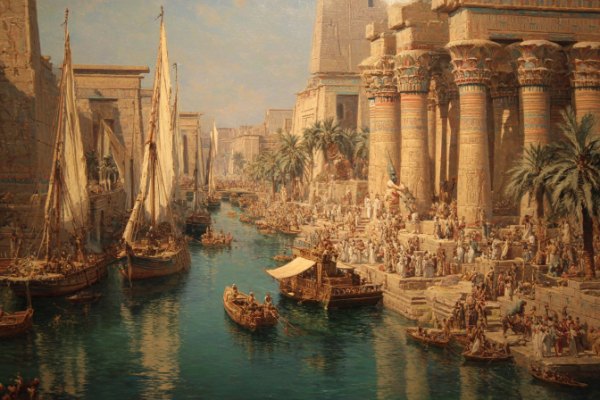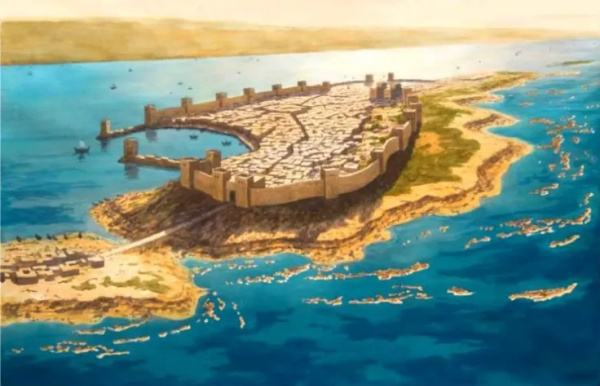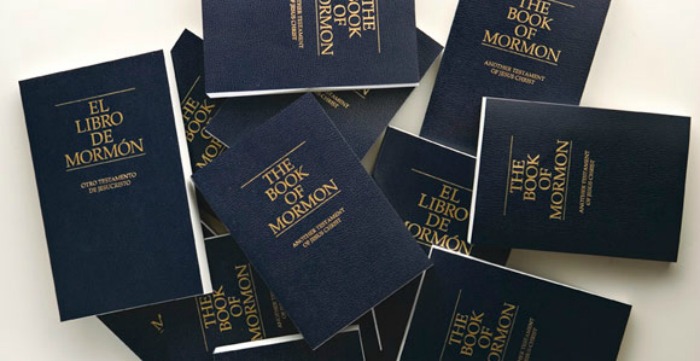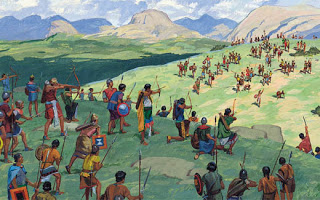Question
Gramps,
Did Lehi and his family ever live in Egypt?
Cheri
Answer
Cheri,
While no records exist of Lehi and his family ever living in Egypt, we do know Lehi’s economic activities reveal significant ties to Egypt. The Book of Mormon describes Lehi as a wealthy man, possessing “gold, silver, and all manner of riches” (1 Nephi 3:16). This wealth was likely accumulated through trade, particularly with Egypt, which was a hub of commerce. The caravan trade routes connecting Egypt and Palestine were well-established, enabling the exchange of goods and ideas.
Archaeological evidence supports the notion that trade between these regions was robust. For instance, inscriptions and records from ancient Egypt indicate that merchants from Palestine frequently traveled to Egypt, bringing goods such as textiles, spices, and precious metals. Lehi’s business dealings would have involved navigating these trade routes, which were fraught with challenges but also rich with opportunities.
The Book of Mormon’s mention of Sidon, a significant trading city, points to the importance of these economic ties. Sidon served as a critical meeting point for traders from various cultures, including the Egyptians and the Israelites. The name Sidon appears in both its Semitic and Egyptian forms, indicating its prominence in the trade networks of the time.
Lehi’s prophetic mission unfolded against a backdrop of political turmoil in Jerusalem. The city was rife with corruption and moral decay, leading to a schism among its inhabitants. Lehi’s warnings about the impending destruction of Jerusalem were met with hostility, particularly from those who benefited from the status quo. His opposition to the pro-Egyptian faction in Jerusalem, as noted in 1 Nephi 7:14, highlights the complexity of politics and culture during this period.
The political landscape was further complicated by the presence of various factions within Jerusalem, each vying for power and influence. Lehi’s family dynamics mirrored this turmoil, as his sons were divided in their loyalties—some siding with their father and others with the prevailing political order. This internal conflict reflects the broader societal tensions of the time, where allegiance to family, culture, and nation often clashed.
Language played a crucial role in shaping the identities of Lehi and his descendants. The Book of Mormon notes that certain plates were written “in the language of the Egyptians” (Mosiah 1:4), emphasizing the importance of preserving this language among Lehi’s people. This preservation was not merely a matter of communication; it was a means of maintaining cultural identity in a new land.
The use of the Egyptian language and script in the Book of Mormon serves as a testament to the cultural heritage that Lehi brought with him. It reflects a conscious effort to retain connections to their ancestral roots while navigating the challenges of a new environment. The ability to read and write in Egyptian would have been a valuable skill, facilitating trade and communication with other cultures.
Lehi’s story also illustrates the intermingling of cultures in the ancient Near East. As a man of three cultures—Egyptian, Israelite, and Bedouin—Lehi embodied the complexities of identity in a region characterized by diversity. His experiences highlight the fluidity of cultural boundaries, where individuals often navigate multiple identities.
Many names found in the Book of Mormon text have roots in Egyptian, Hebrew, and even Hittite cultures, suggesting a rich tapestry of influences. For instance, names like Manti and Gadiandi exhibit characteristics of both Egyptian and Hittite origins, indicating that Lehi’s people were not isolated but rather part of a broader cultural exchange.
Gramps








